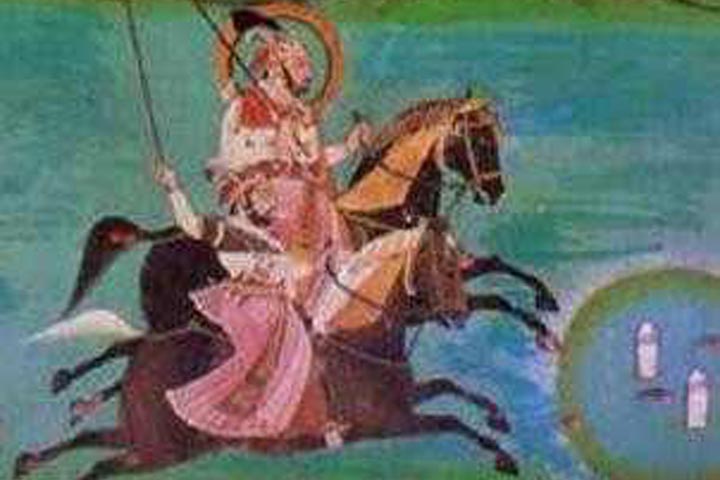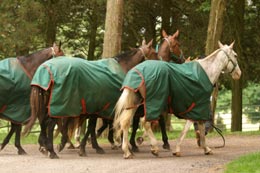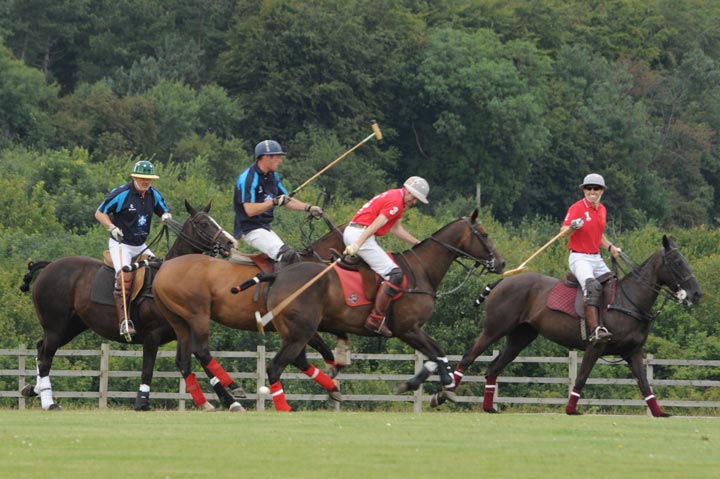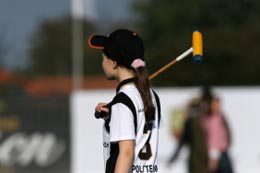+34 952 493 209
Polo Rules
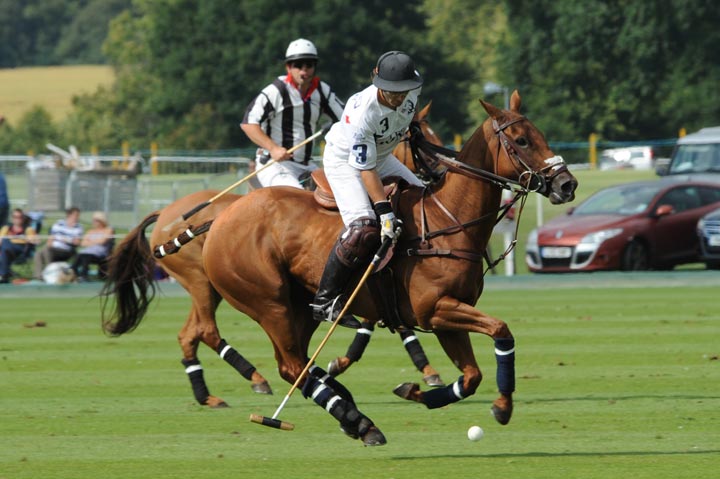
The rules of polo are written and used to provide for the safety of both players and horses.
Polo rules can be different on each country. This time we are explaining some common polo rules in the UK and Argentina.
You can also download here the HPA Polo Rules 2013.
The Teams
On a full sized grass field, each polo team has four people. In an enclosed arena usually played in winter, each team has three people. T-shirts must be different colours for each team and if not, the team with smaller handicap will change their colour.
The Ground
The ground must be flat and covered with grass.
The polo ground is 300 yards long, 160 yards wide if boarded. Being boarded means the field has a 12 inch upright board bounding the perimeter which stops the ball rolling out of play easily. If the ground is unboarded, it is 200 yards wide and marked with a white line. The goal posts, positioned at each end, are 8 yards apart. (Between 230m and 275m long and between 145m and 180m width.)
Duration of the Play
The full game rules allow for 8 chukkas, but often in club matches 4 or 6 chukkas are played. Each chukka is timed to last 7 mins, then a bell is rung, but the game goes on until the ball goes out of play, or for another 30 secs when the bell is rung again, the chukka ends where the ball is. The clock is stopped between the umpire's whistle to stop the play and the whistle to start play (e.g. ball out of play, foul etc.) There are intervals of 3 mins between chukkas and 5 mins at half time. Ends are changed at every goal scored - this has been found fairest when there is a wind.
Handicaps
Opposite to golf, the higher the handicap, the better player. Each polo player is handicapped (on a 4-6 chukka basis) from -2 up to 10 goals (the top professional players).
The aggregate handicap of the four players in a team is the team handicap. e.g. if all players have a handicap of 2 goals each, the team handicap is 8 goals and is referred to as an '8 goal team'.
In handicap polo tournaments , if both teams do not have an equal aggregate handicap, one team is given a number of goals start which is calculated as follows: the number of goals start is obtained by multiplying the difference between the two teams' handicaps by the number of chukkas and dividing by 6, any fraction counting a half a goal.
Horses
All horse breeds are allowed to play Polo, but Polo Ponies, must be fast, energetic and docile. Any horse with violent behabiour is excluded. Players often change horses during a game.
Polo Ponies can play two chukkas in an afternoon with a rest of at least one chukka in between. There is no limit to the height of ponies.
In Pampa, Argentina, they’ve created a new breed of horses dedicated to polo: small size but strong breed, mixed with pure blood horses.
Fouls
A player following the ball on its exact line has the ‘Right of Way’ over all other players. Any other player who crosses the player on the right of way close enough to be dangerous commits a foul. Penalties vary according to the degree of danger and closeness of the cross. No player may hook an opponent's stick unless he is on the same side of the opponent's pony as the ball. Dangerous play or rough handling is not allowed - a player may ride an opponent off, but must not charge in at an angle.
Penalties
The following penalties may be given. A goal is given if the cross is dangerous or deliberate in the vicinity of the goal. The ball is then thrown in 10 yds in front of the goal without ends being changed. Free hit from 30 yds opposite the centre of the goal - defenders to be behind the back line and outside th6 goal posts but must not ride through when the ball is hit. Free hit from 40 yds, same conditions as b). Free hit from 60 yds. Defenders to be 30 yds from ball. Free hit from the centre of the ground, none of the defending side to be nearer than 30 yds when the ball is hit. Free hit from spot where the foul took place, no defender to be nearer than 30 yds Corners are not taken as in Association Football - instead, a free hit is given 60 yds from the goal from a spot opposite where the ball was hit behind the line, none of the defending side to be nearer than 30 yds.
Captains of teams are the only players who can discuss questions arising during a game. No player shall appeal in any manner to the Umpire for fouls, but the Captain can discuss any matter with the Umpire.
You can also download here the Hurlingham Club 2013 polo rules.
Info source: www.hurlinghammedia.com
Image: Camino Real Ambassadors Cup, 2011


